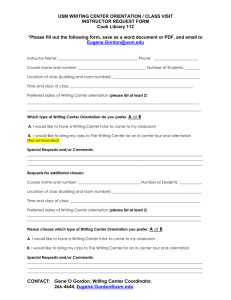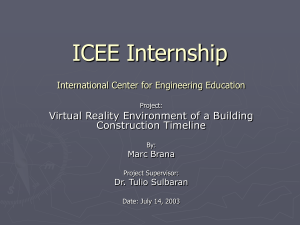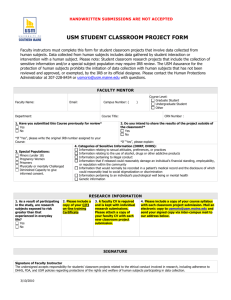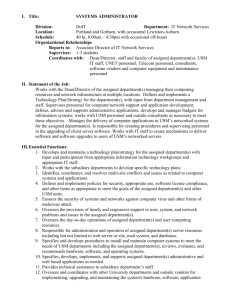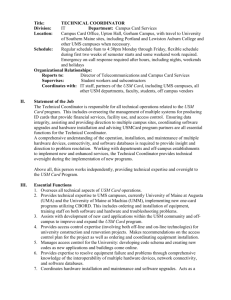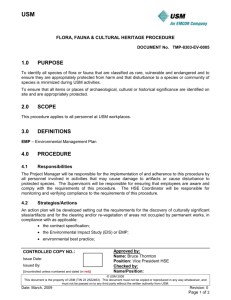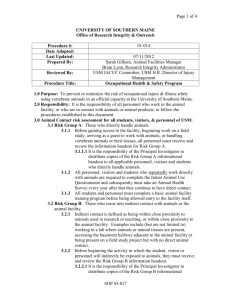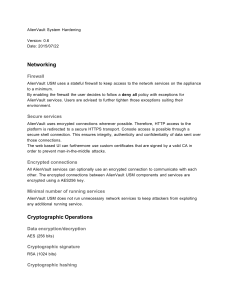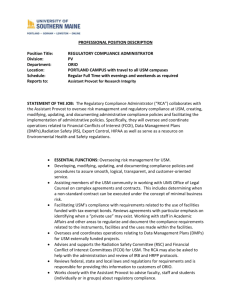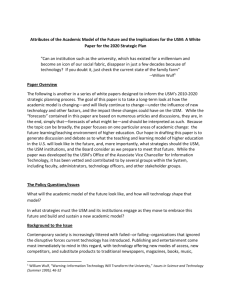Julia Bolin
advertisement
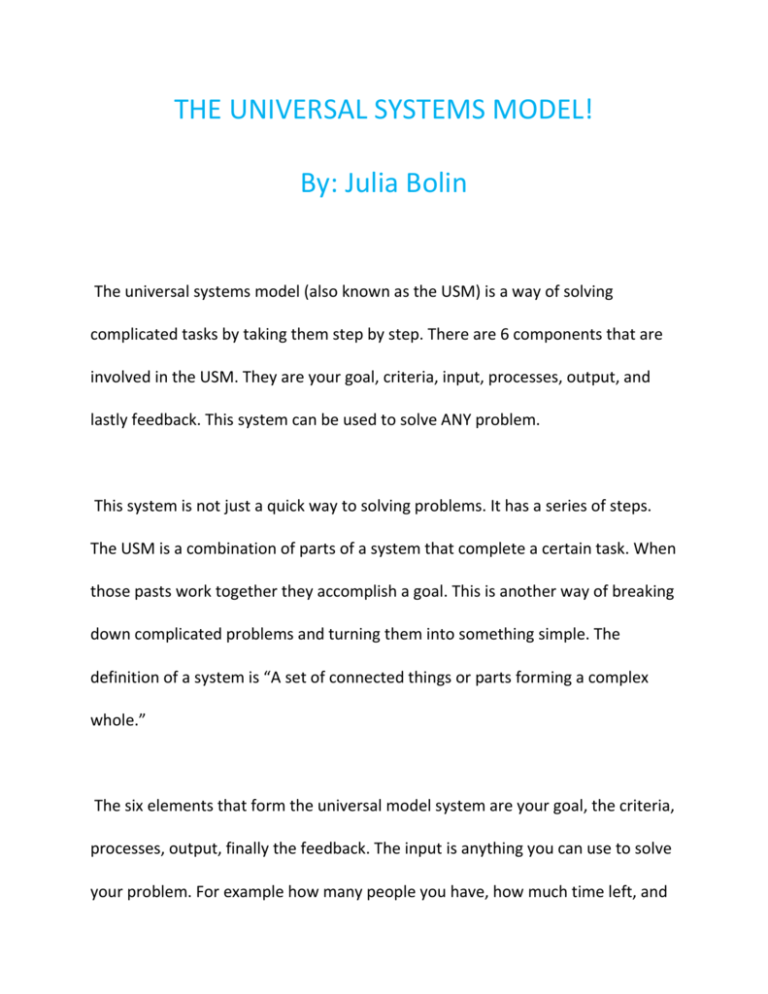
THE UNIVERSAL SYSTEMS MODEL! By: Julia Bolin The universal systems model (also known as the USM) is a way of solving complicated tasks by taking them step by step. There are 6 components that are involved in the USM. They are your goal, criteria, input, processes, output, and lastly feedback. This system can be used to solve ANY problem. This system is not just a quick way to solving problems. It has a series of steps. The USM is a combination of parts of a system that complete a certain task. When those pasts work together they accomplish a goal. This is another way of breaking down complicated problems and turning them into something simple. The definition of a system is “A set of connected things or parts forming a complex whole.” The six elements that form the universal model system are your goal, the criteria, processes, output, finally the feedback. The input is anything you can use to solve your problem. For example how many people you have, how much time left, and depending on how much material you have. The process is how you manage the action you are dealing with. Then the output is asking you did you achieve your goal, and what impact does this have on the environment. Finally the feedback is what you get when you are done, and this tells you the adjustments you need to make. The USM is used for solving all types of problems in a series of steps. The universal system model is applied to solving technological problems by finding out first what goal you are trying to reach is. Say you are trying to get your computer to turn on, because it shut off and what turn back on. That’s when the USM come in handy. You would plug in the action into the steps of the USM and hopefully you reach your goal. If not you can look back over your steps and use the feedback you got to fix the problems and then you will get your computer working again. When you are solving technological problems you analyze the date and collect it that is exactly what you do with the universal system model. The universal systems model can come in handy in many situations’. If you ever find yourself in a complicated situation and you can’t figure out what to do take it step by step, and whenever you get your feedback you can fix the areas you need too, and that will simplify your problem.
